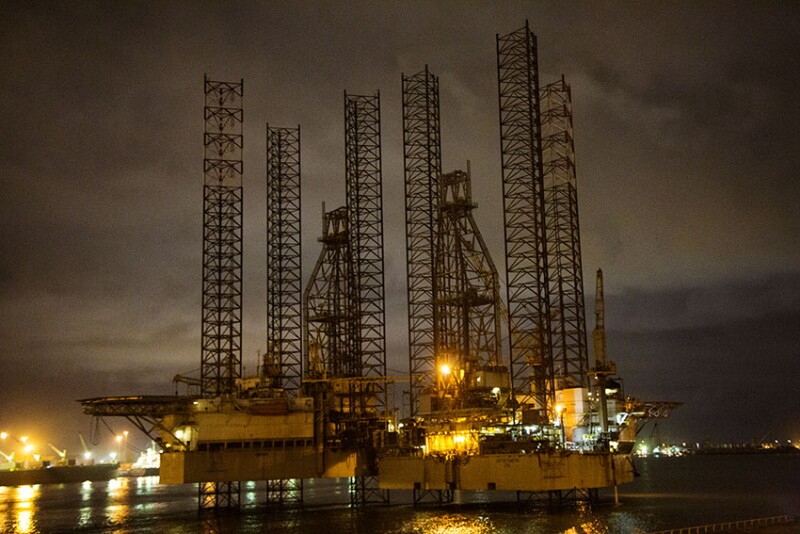Choosing the right casing depth is a key step in executing high-pressure/high-temperature (HP/HT) wells in the geologically complex Niger Delta. In the wells of Astra East Field, a casing shoe was set in a homogeneous shale of approximately 200 ft vertical thickness located between overlying heavily depleted sand and underlying overpressured sand. The question remained, however, as to what depth the casing shoe should be set to minimize the risk of kicks or wellbore instability and losses. To address this issue, wireline log data and drilling observations from other wells in the same field were analyzed and evaluated.
Introduction
The Astra East field was planned to provide feedstock gas.
×


Continue Reading with SPE Membership
SPE Members: Please sign in at the top of the page for access to this member-exclusive content. If you are not a member and you find JPT content valuable, we encourage you to become a part of the SPE member community to gain full access.

